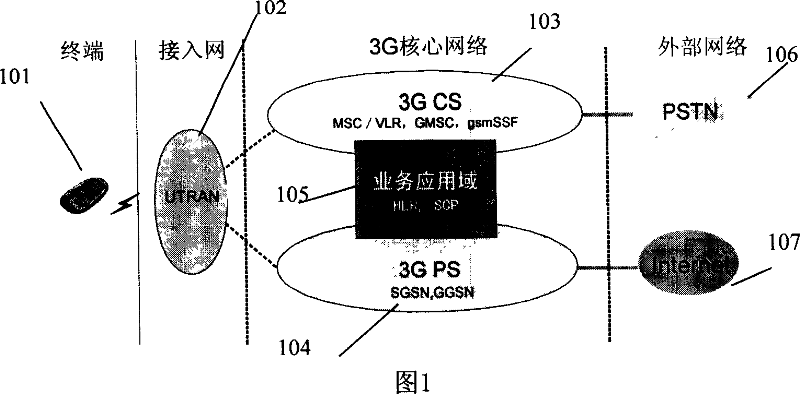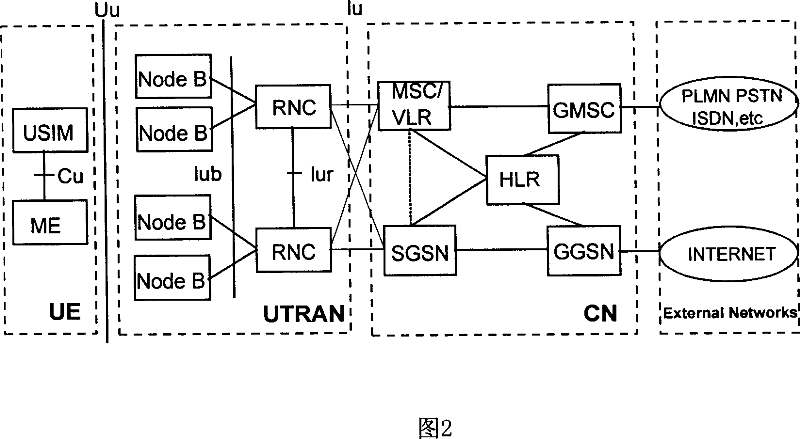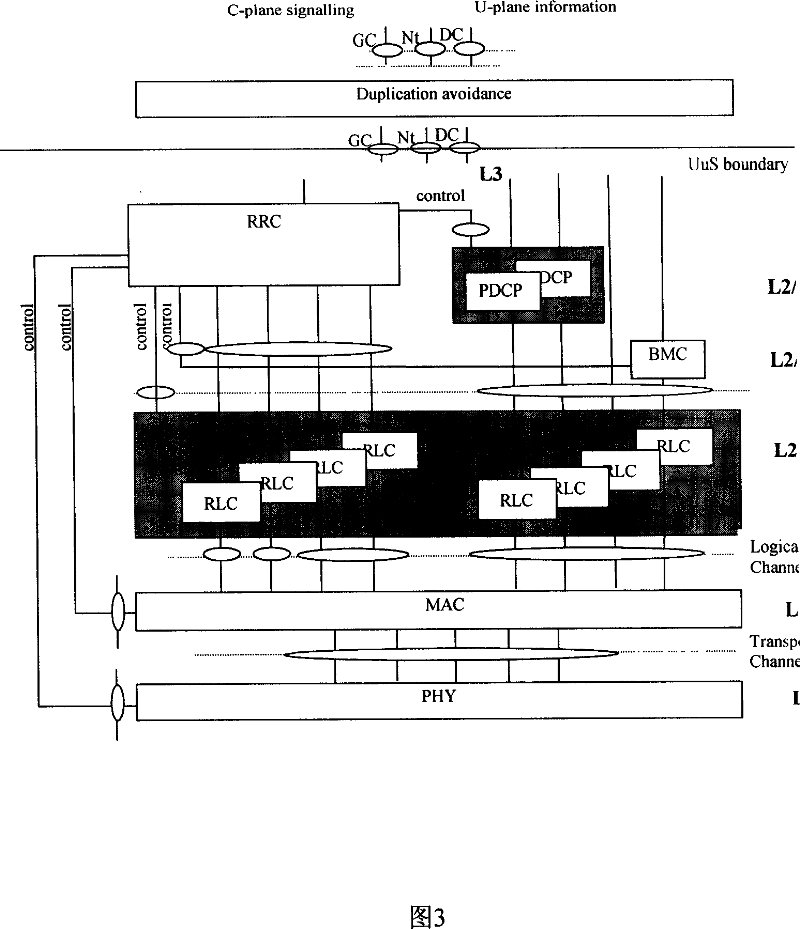Data rearrangement and recombination method in wireless communication system and its base station
A wireless communication system, data rearrangement technology, applied in the direction of radio/inductive link selection arrangement, use of return channel for error prevention/detection, selection of devices, etc., can solve problems such as reduced response speed, low efficiency, and functional redundancy , to reduce system complexity, avoid delay increase, and reduce processing delay
- Summary
- Abstract
- Description
- Claims
- Application Information
AI Technical Summary
Problems solved by technology
Method used
Image
Examples
Embodiment 1
[0101] When receiving the PDU of SN=x, carry out the following processing (the step number can represent the execution order, also can not be the execution order):
[0102] step 1
[0103] If x is established within (Next_expected_SN, Highest_received_SN), if the data corresponding to this SN already exists in the cache, delete this data; if x is not within (Next_expected_SN, Highest_received_SN), put the PDU into the cache according to the serial number;
[0104] Step 2:
[0105] If x>Highest_received_ holds true, if x-HARQ_RcvWindow_Size-Next_expected_SN is greater than ARQ_RcvWindow_Size, then {
[0106] Send a new data suspension message to the sender, and update the ARQ window to (Next_expected_SN, Next_expected_SN+ARQ_RcvWindow_Size);
[0107] Delete SN from Next_expected_SN+ARQ_RcvWindow_Size to Highest_received_SN-HARQ_RcvWindow_Size;
[0108] Trigger the status report according to the status report trigger principle; update Highest_received_SN to x;}
[0109] other...
Embodiment 2
[0117] When receiving the PDU of SN=x, carry out the following processing (the step number can represent the execution order, also can not be the execution order):
[0118] step 1:
[0119] if x is within (Next_expected_SN, Highest_received_SN) {
[0120] If the data corresponding to this SN already exists in the cache, delete this data, otherwise, put the PDU into the cache according to the sequence number};
[0121] Step 2:
[0122] If x>Highest_received_SN, then {
[0123] Update Highest_received_SN to x;
[0124] Check whether x-HARQ_RcvWindow_Edge is greater than HARQ_RcvWindow_Size, if yes, update HARQ_RcvWindow_Edge to x-HARQ_RcvWindow_Size;}
[0125] Step 3:
[0126] If the PDU with SN equal to HARQ_RcvWindow_Edge is in the cache, then {
[0127] Check whether there are PDUs with consecutive PDU serial numbers in the cache, and re-update HARQ_RcvWindow_Edge to the smallest discontinuous PDU serial number;}
[0128] Step 4:
[0129] Trigger the corresponding status...
Embodiment 3
[0155] When the PDU with SN=x is received, the following steps are performed, and the step number may indicate the execution sequence or not.
[0156] 1. Trigger timer Timer_Rcv;
[0157]2. If the timer times out and the sequence number corresponding to the timer is y, then {
[0158] If the state variable HARQ_RcvWindow_Edge_T is not activated then set HARQ_RcvWindow_Edge_T=y;
[0159] Else update HARQ_RcvWindow_Edge_T=y if HARQ_RcvWindow_Edge_T
[0160] 3. If the received PDU sequence number y=Next_expected_SN, then {
[0161] Check whether there are PDUs with consecutive numbers of Next_expected_SN;
[0162] Update Next_expected_SN to the first unreceived PDU sequence number starting from x;
[0163] Stop all timers corresponding to SN
[0164] 4. HARQ_RcvWindow_Edge_T is updated, and the corresponding status report is triggered according to the status report trigger mechanism;
[0165] 5. Check if HARQ_RcvWindow_Edge_T-Next_expected_SN>ARQ_RcvWin...
PUM
 Login to View More
Login to View More Abstract
Description
Claims
Application Information
 Login to View More
Login to View More - R&D
- Intellectual Property
- Life Sciences
- Materials
- Tech Scout
- Unparalleled Data Quality
- Higher Quality Content
- 60% Fewer Hallucinations
Browse by: Latest US Patents, China's latest patents, Technical Efficacy Thesaurus, Application Domain, Technology Topic, Popular Technical Reports.
© 2025 PatSnap. All rights reserved.Legal|Privacy policy|Modern Slavery Act Transparency Statement|Sitemap|About US| Contact US: help@patsnap.com



